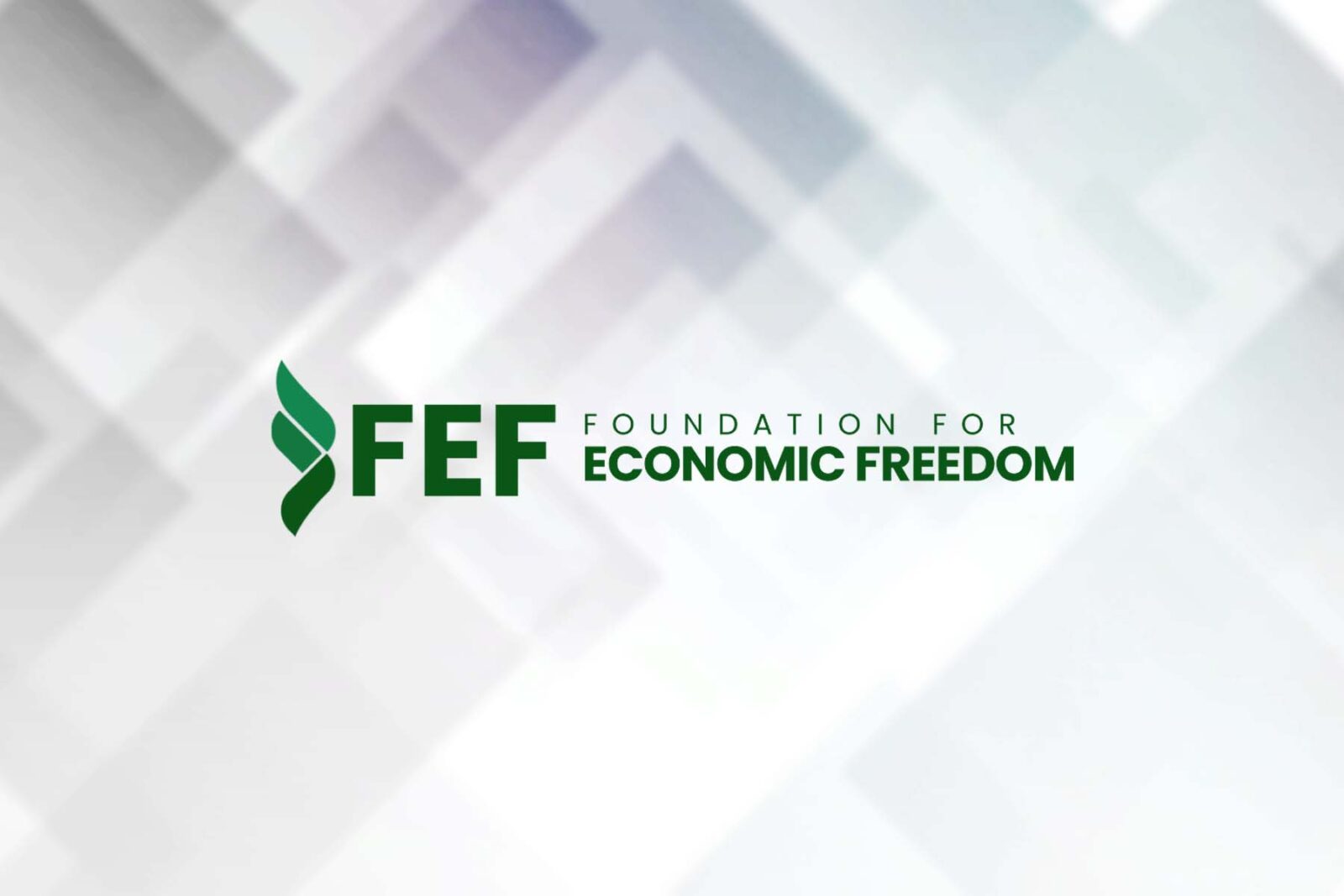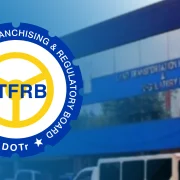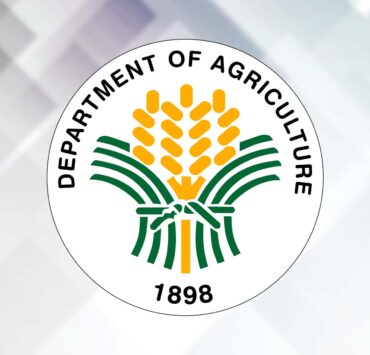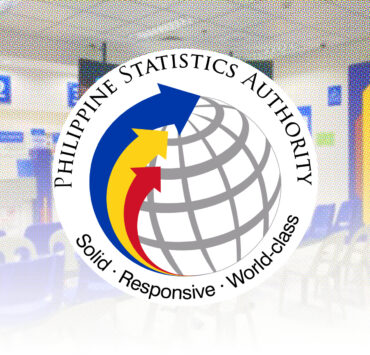Top economists warn vs hike in rice tariff

Lifting the rice import ban while retaining the 15-percent tariff rate on imported rice is crucial to protect consumers from rising food prices and keeping inflation in check.
This is according to advocacy group Foundation for Economic Freedom (FEF), which called on the government to “immediately” lift the rice import freeze and reconsider the plan of the Department of Agriculture (DA) to raise the import tax to 35 percent from the current 15 percent.
“These measures represent a significant setback to economic liberalization, consumer welfare and overall national competitiveness,” said the FEF, whose members include some of the country’s most prominent economists and sociopolitical thinkers.
“FEF believes that a liberalized trade, guided by market signals, is the most effective way to ensure food security and affordable prices for Filipino consumers,” it said.
The group warned that raising the import tax on rice could drive inflation higher, noting that rice accounted for about 20 percent of food inflation.
“Inflation is a scourge of the poorest of the poor (bottom 30 percent of the income quintile) Filipinos as an increase in food prices will hurt them most due to limited and alternative income sources,” it added.
The FEF said any plans to hike the import duty on rice would only penalize 95 percent of Filipino rice consumers, adding that higher rice prices would jack up food and overall inflation.
‘Dismal’ precedent
Agriculture Secretary Francisco Tiu Laurel Jr. said last month the moratorium would be extended for at least 30 days, hinting it could remain in place until the end of this year.
Tiu Laurel earlier said Cabinet members were discussing the possibility of raising the rice tariff to help shore up “palay” or unmilled rice prices.
However, the FEF said the two-month import ban was a “failure” as farm-gate prices of palay were still ranging between P8 and P10 per kilogram, way below the production cost of P14.53 per kg recorded by the Philippine Statistics Authority in 2024.
The last time that the government intervened in the rice market likewise had the same “dismal” result when retail prices almost tripled after President Marcos had imposed a rice price cap in September 2023.
The FEF said rice prices significantly declined after Mr. Marcos had lifted the price ceiling on the food staple.
Alternatives
Instead of implementing such measures, the FEF proposed improving the productivity and competitiveness of the local rice industry. It called for investments in public goods services, such as research and development, irrigation, infrastructure and extension services.
Such interventions will ultimately protect the local industry against the influx of rice imports, according to the group.
It also recommended providing cash assistance to farmers instead of defending a floor price for their palay, which the FEF warned would be costlier and more inefficient.
“Providing direct assistance to farmers will plug in fund flow leakages and directly benefit the affected farmers,” the FEF said.
The group also proposed assigning rice buffer stocking to the proper institutions.
The Department of Social Welfare and Development, with the National Food Authority’s support, should ensure access to affordable rice for the poorest of the poor, the group added.
The group also suggested that the private sector should take the lead in stabilizing rice supply, with the government intervening only when necessary.





















